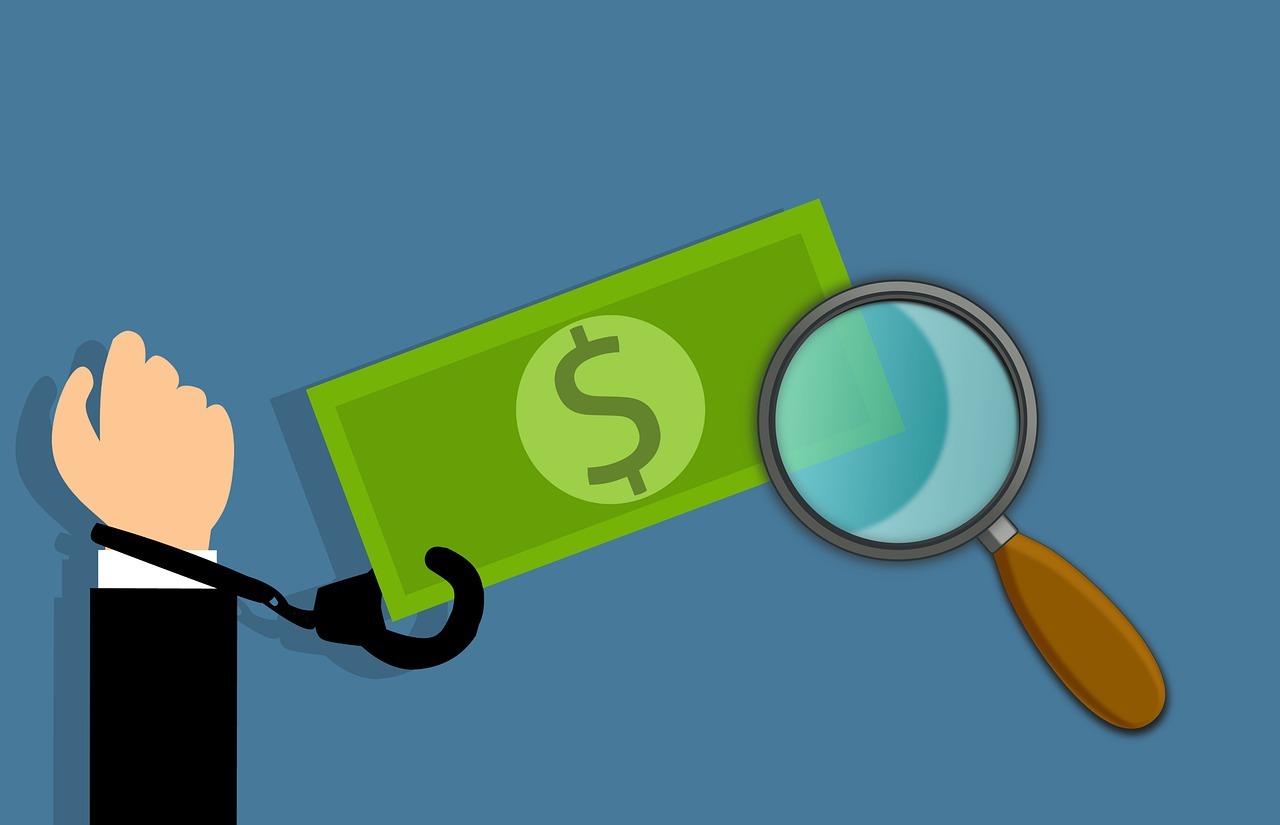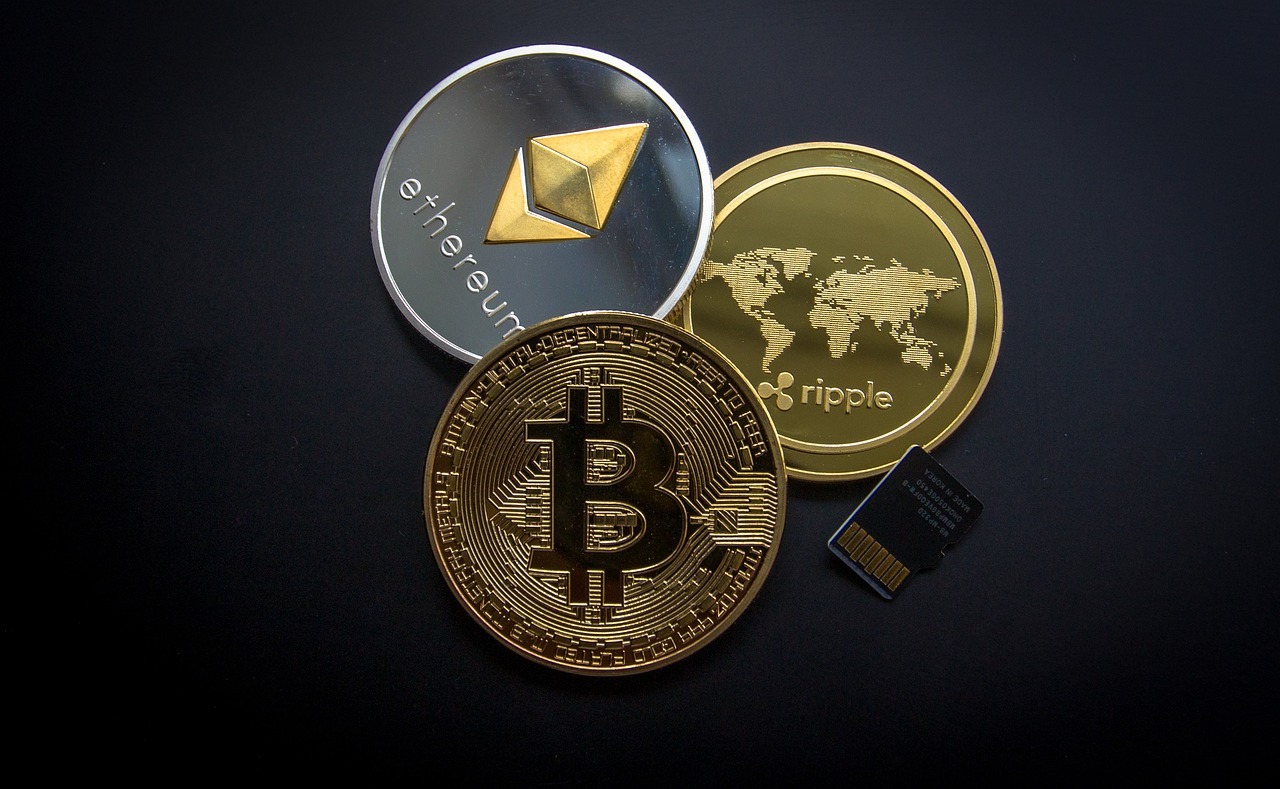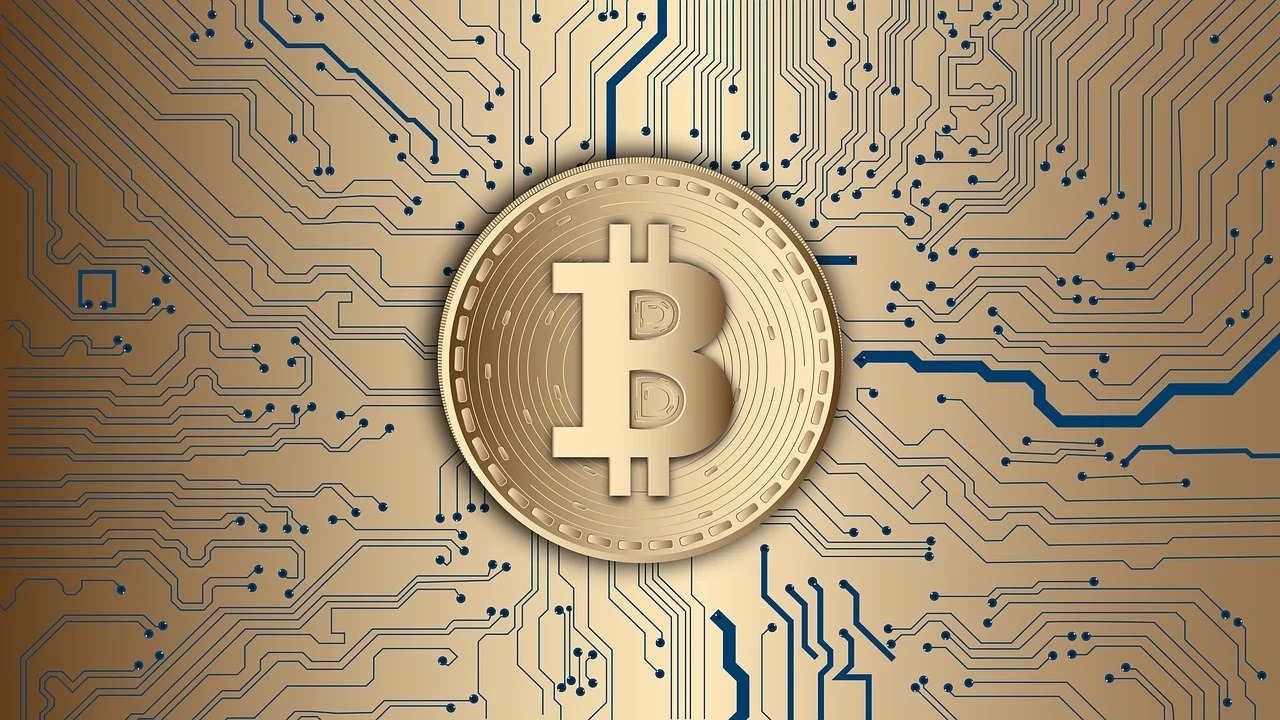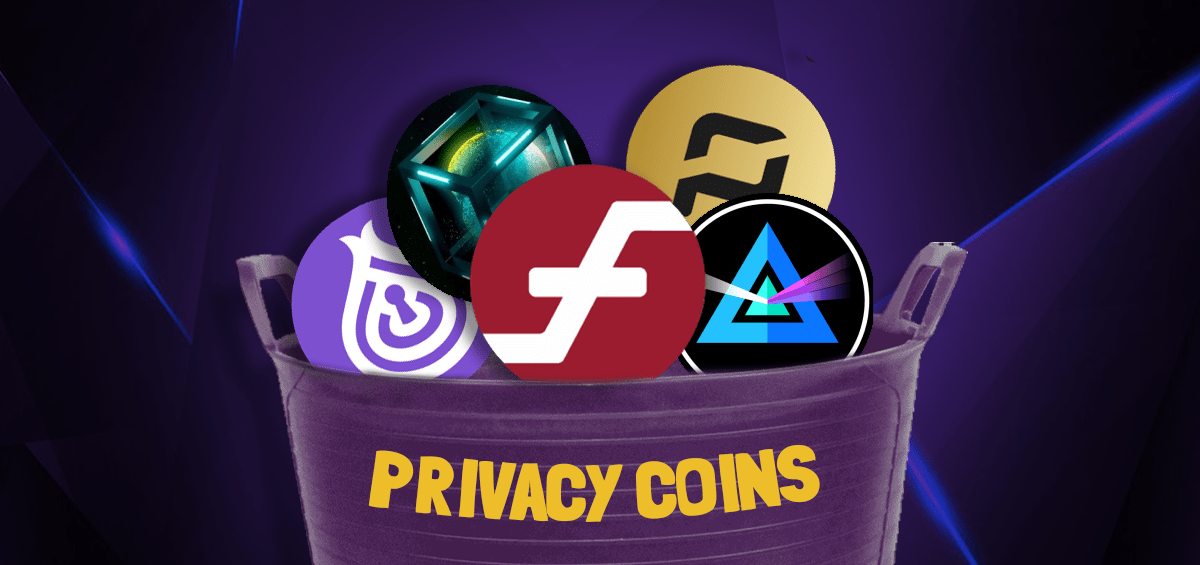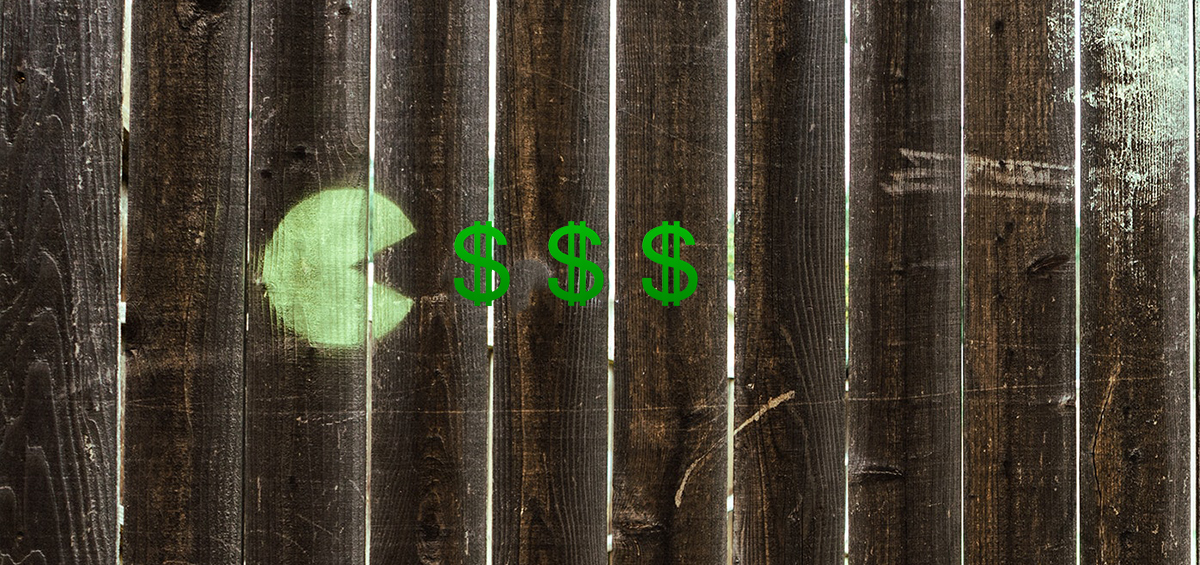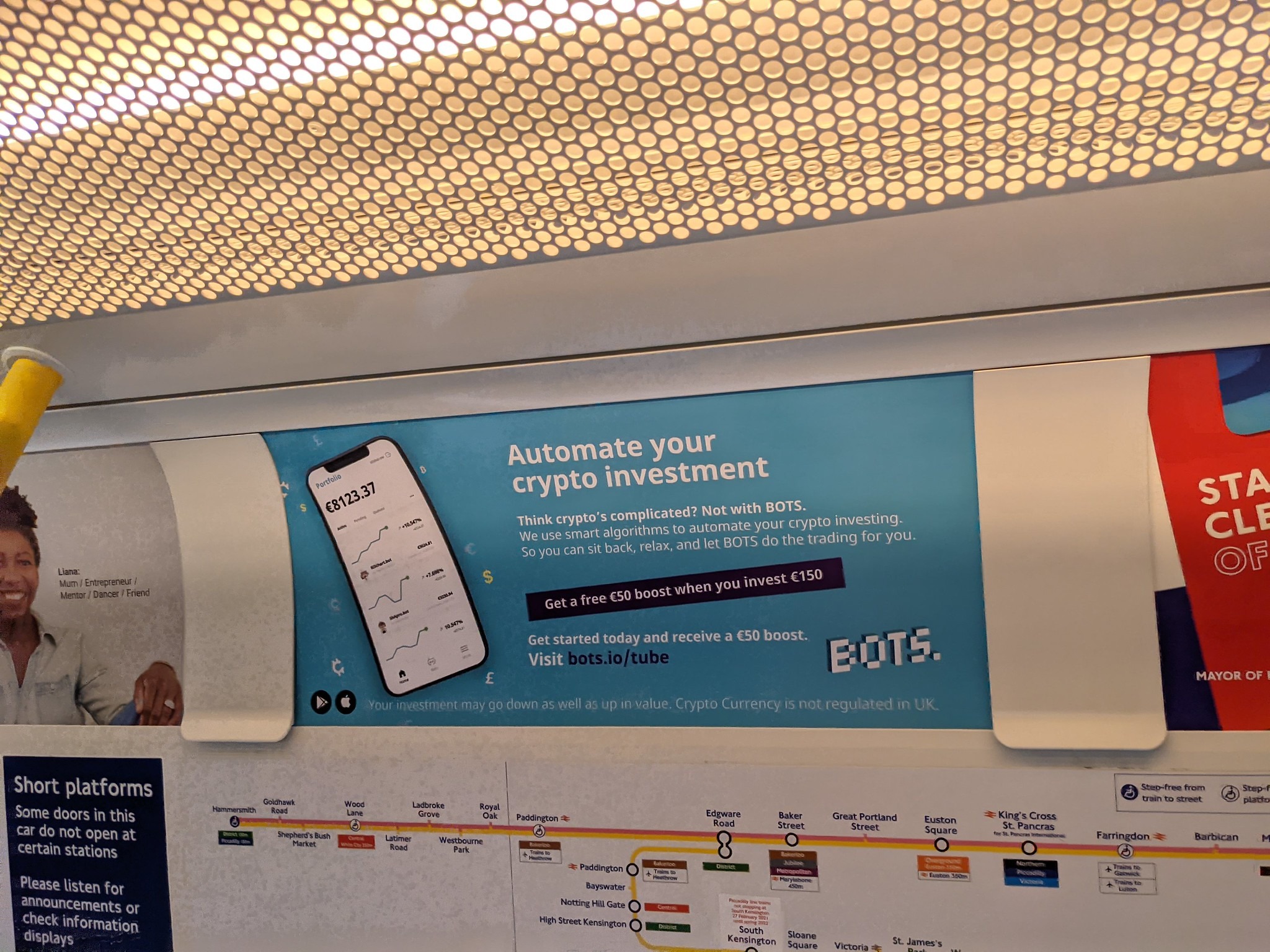We’re not going to talk about what NFTs are – there are enough and more by way of explainer pieces discussing the shiny new tokens, and drawing you into the blockchain world. And while most of these are gushing about the new gold mine for you to chase, sizing up investment opportunities, and sounding like salesman selling certain kinds of suspicious salves, we thought we’d take a step back and try to answer the larger, more utilitarian questions about the technology.
Are NFTs a fad?
Most certainly.
They’re a fad in the way beanie babies and Cryptokitties and collectible cards are fads – filled with hype, ripe with hope, and teeming with a lot of money on the balance. But they’re also a fad in the way blockchains and Bitcoin and Ethereum are fads – new technologies struggling to find their place in the broader world and finding that an inbuilt economic incentive is a far better lubricant than educating people about how revolutionary the actual tech is.
And let’s be clear. NFTs are revolutionary.
They represent an abstracted version of ownership of an underlying asset, with a novel way to transfer this relationship easily from one person to another, while also providing a simple mechanism for tracing the history of such ownership. This has been the job of centralized databases and brokers for ages, and we now have a way to verify all these details through a decentralized Macguffin called the blockchain.
The real revolutionary part comes when you think about what this could mean. Proof of ownership, while important and lucrative for paintings, isn’t limited to the art world. Any mechanism which removes middlemen and enables trustless peer-to-peer trade upends a significant portion of the world as we’ve built it up so far. Imagine land dealings or transfer of automobiles without centralized government registries. Or the tracing of agri and meat products from farm to table. Or even something as vital as tracing the authenticity of E-passes and vaccination certificates without having to install a broken app that leaks your data. Each of these is an abstraction of ownership and verification that we currently rely on a third party (often, the government) for. NFTs show us a glimpse of what these could be without intermediaries and middlemen.
But we’re getting a little ahead of ourselves. Yes, all these things are cool to imagine. But what we’re seeing hype around is something much, much simpler: Art.
To be clear: really expensive Art.
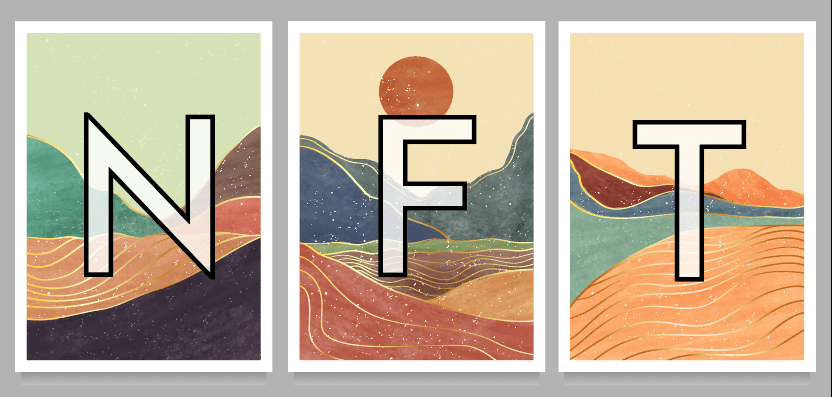
All the NFT talk on mainstream media so far is about digital art being sold for millions of $, and about people flipping artwork for ten, twenty, or even a hundred times the value. So, what we’re really discussing isn’t art, or ownership, or technology. It’s investment opportunities.
That really simplifies things for us. From a utilitarian perspective, this reduces the discussion to one simple question:
Should you be investing in NFTs?
The simple question has two answers – one if you’re the creator of an NFT, and the other if you’re a buyer.
For creators, the answer is simple. Knock yourself out. Should you choose to publish your NFTs using one of the bigger platforms established for this purpose, you’ll have to pay a small fee for the service, but you have access to an international market. Sure, the hype might not last, and you might not make much (or anything), but you also stand to lose absolutely nothing. If you’ve already got customers lined up, minting an NFT instead of a regular sale is a great way to grab some attention. And with such a simple process, why the hell not? Sure, the process is a little more complex if you want to digitize a larger portfolio or libraries media assets, but that’s what you have blockchain consultants for.
For buyers, though, things are a lot more tricky. Before buying NFTs, you need to really understand exactly what you’re buying. In their current state, NFTs are more like certificates of authenticity than legally enforceable titles of ownership. And these certificates exist as tokens on blockchains, which can be viewed, and accessed, through specialized blockchain wallets.
These tokens are, of course, immutable.
The artwork that you ‘buy’, unfortunately, isn’t.
Since the art itself isn’t sitting on the blockchain, it isn’t inherently secure or private. It is still left to the whims of whoever is hosting it (intermediary platforms solve this problem to some degree but they’re just moving the burden of verification from one place to another, and charging you a proportionate fee). It’s no wonder then that so many people who bought NFTs are now complaining about disappearing artworks and broken links. Furthermore, the proof of ownership doesn’t exactly work outside this carefully crafted system. Anyone else gaining access to the digital artwork can still plagiarise it. You don’t have any sort of legal protection either. Apart from having solid proof that you paid for something, you own little else. NFTs, in their current form, are glorified bragging rights.
But in the time it takes us all to wake up from this collective delusion, you just might be able to sell any NFT you own to someone else at multiples of the buy price. You aren’t valuing the technology; just the quantifiable hype around it. So, who are we to stop you?
NFTs will evolve. They have, after all, evolved to get to this place. Before Christie’s and Beeple and Grimes and Musk, we had Cryptopunks and Cryptokitties. And even before that, we’ve had non-fungible tokens used for everything from selling skins for online games to tracing food in supply chains. What is different this time is how much more mainstream it got – and that’s something we can count on every iteration. And each evolution adds a layer of accessibility.
So, yes, NFTs are revolutionary. And yes, they’re just a fad.
Guest authored by Pramod Emjay. Pramod is a Fintech Consultant and Blockchain Architect.
Reach out to us at contact@ikigailaw.com if you are launching an NFT product. We would love to have a chat.




